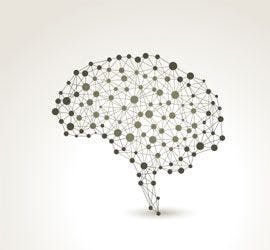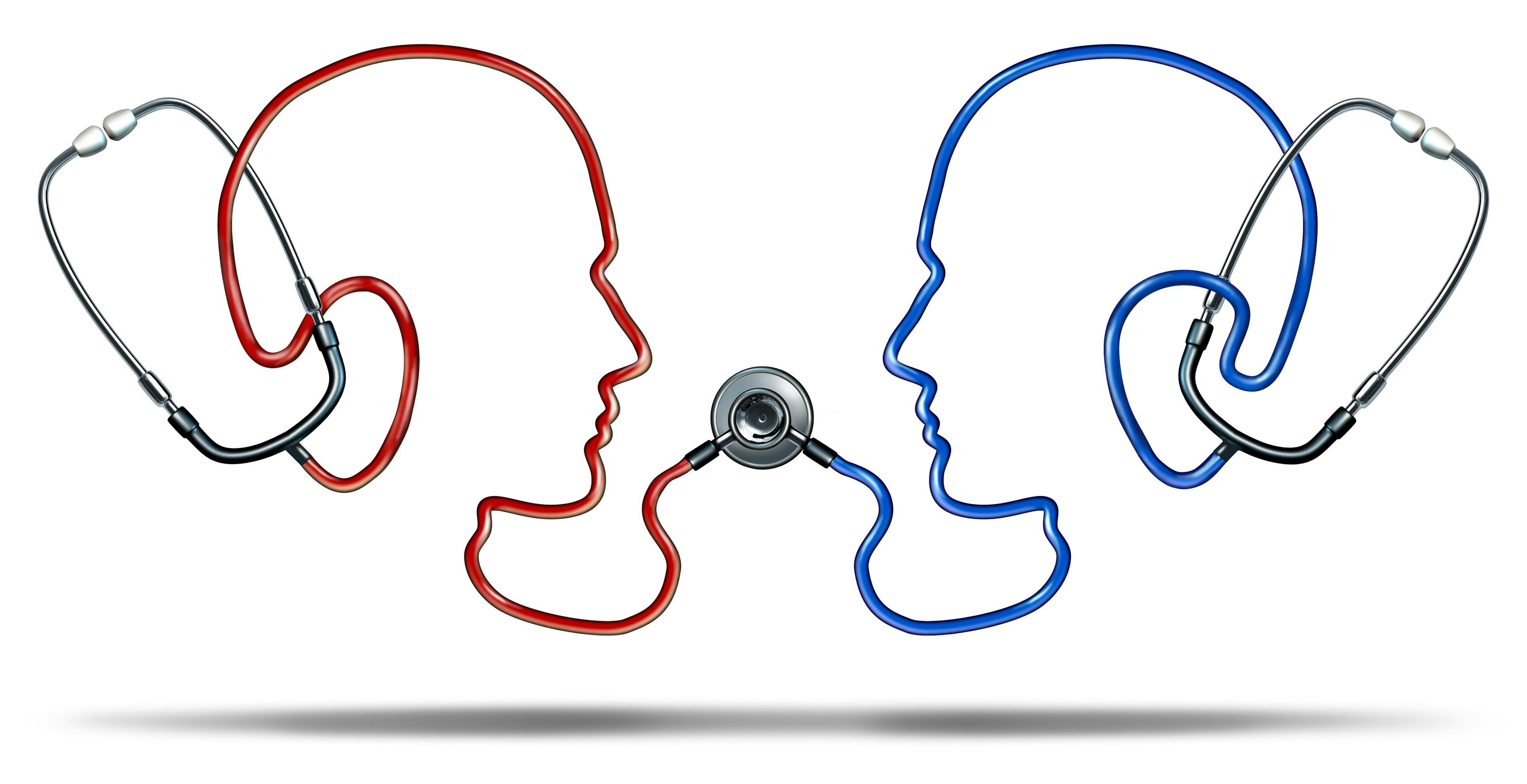Publication
Article
Psychiatric Times
Diabetes in Bipolar Disorder Takes Its Toll
Author(s):
Abnormal glucose metabolism may accelerate the age-related decline in hippocampal volumes in BD, according to one new study.
[[{"type":"media","view_mode":"media_crop","fid":"39889","attributes":{"alt":"diabetes in bipolar disorder (EdlerVonRabenstein/shutterstock.com)","class":"media-image media-image-right","id":"media_crop_7443218913661","media_crop_h":"0","media_crop_image_style":"-1","media_crop_instance":"4023","media_crop_rotate":"0","media_crop_scale_h":"180","media_crop_scale_w":"148","media_crop_w":"0","media_crop_x":"0","media_crop_y":"0","style":"float: right;","title":" EdlerVonRabenstein/shutterstock.com","typeof":"foaf:Image"}}]]Many psychiatrists know that neuroimaging studies do not provide consistent data about brain changes in persons with bipolar disorder. Tomas Hajek, MD, PhD, of Dalhousie University in Halifax, Nova Scotia, believes that this might in part be explained by the existence of comorbid conditions. As he described in his recent talk (Insulin Resistance or Type 2 Diabetes Mellitus: Risk Factors for Brain Alterations in Bipolar Disorders) at APA 2015, comorbidities are “more of a rule than an exception” in bipolar disorder-and diabetes in particular is important to consider.
In fact, persons with bipolar disorder have up to a 3-fold elevated risk for type 2 diabetes mellitus, and 53% of bipolar patients have pre- diabetes or diabetes. It comes as no surprise then, that cardiovascular disease is the leading cause of death in persons with bipolar disorder.1
Those with bipolar disorder and diabetes do not respond as well to bipolar treatment, and their illness tends to be more severe. To make matters even worse, diabetes is also harder to control in these patients than it is in persons without bipolar disorder. Because of the high prevalence of diabetes in patients with bipolar disorder and the difficulties in treatment associated with the two disorders in tandem, screening for glucose abnormalities in those who have bipolar disorder is particularly important.
Although often not a focus of treatment, cognitive problems are common in patients with bipolar disorder, and this can be further exacerbated by the coexistence of diabetes. This connection makes sense, noted Hajek, since glucose is the principal source of brain energy, and insulin can act as a brain growth factor.
Hajek wanted to further understand whether diabetes is a risk factor for brain changes in patients who have bipolar disorder. He and his colleagues used MRI to measure prefrontal cortex N-acetylaspartate, which is the second most concentrated molecule in the brain after glutamate and is primarily found in neurons.2 The investigators also measured total creatine, a metabolite that indicates energy expenditure. Included in this study were 19 patients with prediabetes (insulin resistance and glucose intolerance) comorbid with bipolar disorder, 14 patients with bipolar disorder and type 2 diabetes mellitus, 15 patients without diabetes but with bipolar disorder, and 11 controls with neither diabetes nor bipolar disorder.
Amounts of the two markers were lowest in the patients with diabetes and bipolar disorder, followed by those with prediabetes and bipolar disorder. The changes could indicate poor prefrontal functioning and psychosocial problems as well as impaired brain energy expenditure in persons with bipolar disorder comorbid with diabetes or prediabetes.
In another study, Hajek and coworkers3 measured hippocampal and cortical volumes in the same subjects, again using neuroimaging. Those with bipolar disorder and either diabetes or prediabetes had significantly smaller hippocampal volumes than did controls and those with bipolar disorder only. The researchers found similar atrophy in the cerebral cortex and the insula. The researchers concluded that “abnormal glucose metabolism may accelerate the age-related decline in hippocampal volumes in BD.”
Based on the findings, hippocampal atrophy “may contribute to the neuroprogressive nature of bipolar disorder,” particularly in those also affected by diabetes.
The researchers considered that because persons with diabetes might have a higher incidence of stroke, this could possibly explain the atrophy they observed. They excluded those patients who might have strokes by identifying white matter hyperintensities, but this did not change the effect of diabetes or prediabetes on brain atrophy. Because second-generation antipsychotics are well known to exacerbate metabolic problems, they also excluded patients who took these medications, and they did a separate analysis excluding those who took lithium. There was no difference in the atrophy they observed when the possible effects of these medications were taken into account. Thus, it appeared that the effect was truly due to the presence of diabetes or prediabetes.
Hajek has received a Brain and Behavior Research Foundation (NARSAD) grant to study these effects further and, in particular, to examine whether food impulsivity contributes to type 2 diabetes mellitus in patients with bipolar disorder. His research underscores the importance of screening for diabetes in patients with bipolar disorder, and for the need to control not only the symptoms of bipolar disorder, but to screen for and control this common comorbidity as well.
This article was originally posted on May 21, 2015 and has since been updated.
References:
1. Calkin CV, Gardner DM, Ransom T, Alda M. The relationship between bipolar disorder and type 2 diabetes. More than just co-morbid disorders. Ann Med. 2013;45:171-181. http://www.researchgate.net/publication/225057390_The_relationship_between_bipolar_disorder_and_type_2_diabetes_More_than_just_co-morbid_disorders.
2. Hajek T, Calkin C, Blagdon R, et al. Type 2 diabetes mellitus: a potentially modifiable risk factor for neurochemical brain changes in bipolar disorders. Biol Psychiatry. 2015;77:295-303. http://www.ncbi.nlm.nih.gov/pubmed/24331546.
3. Hajek T, Calkin C, Blagdon R, et al. Insulin resistance, diabetes mellitus, and brain structure in bipolar disorders. Neuropsychopharmacology. 2014;39:2910-2918.
http://www.ncbi.nlm.nih.gov/pubmed/25074491.




















